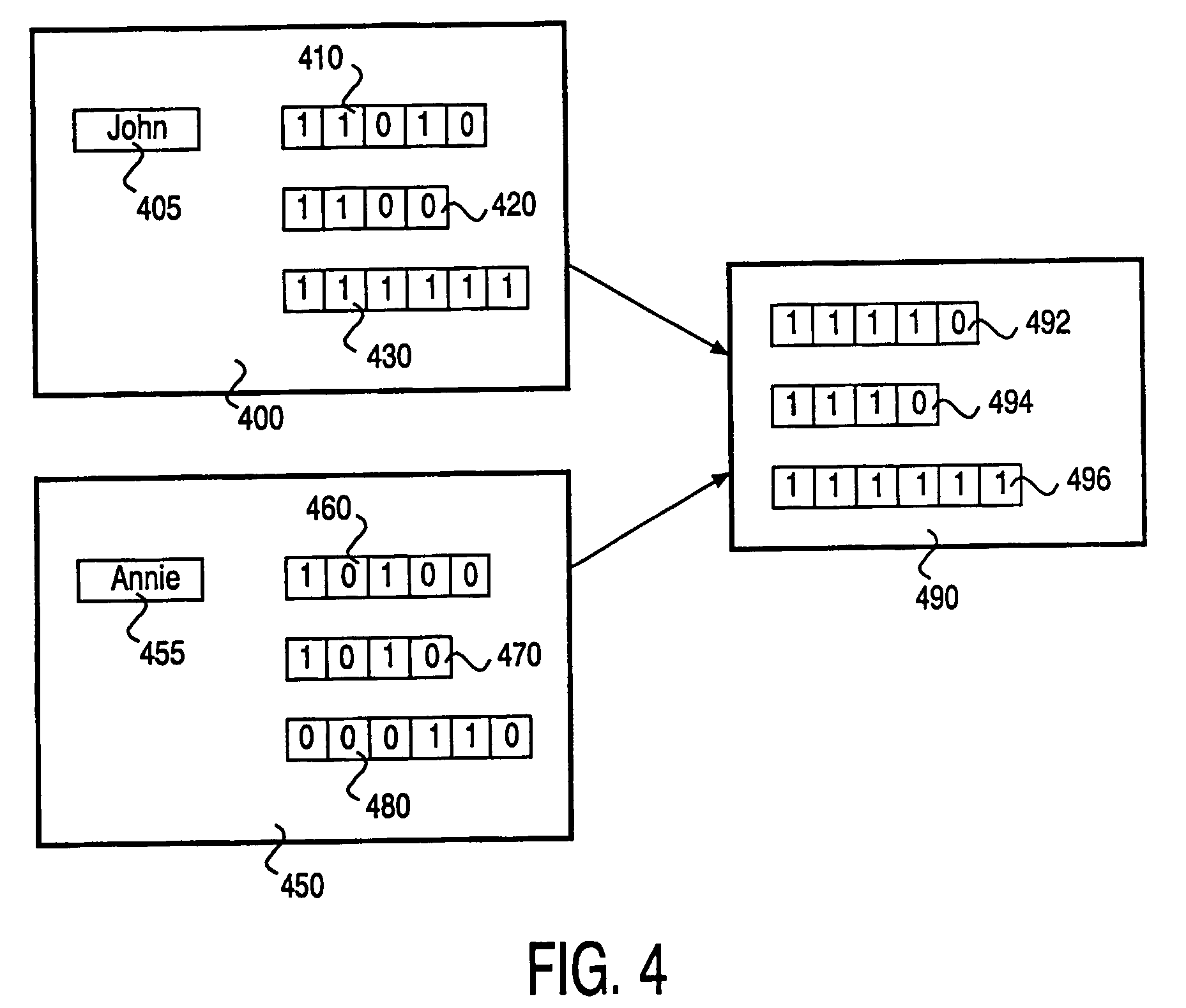Service/channel installation
a service/channel installation and installation technology, applied in the field of service/channel installation, can solve the problems of removing all channels indiscriminately, affecting the service quality of the service, and a long time before the system no longer provides information on channels/programs in languages, etc., to reduce the initial size of the epg, reduce the burden of removing undesired programs, and simplify the use of the receiver
- Summary
- Abstract
- Description
- Claims
- Application Information
AI Technical Summary
Benefits of technology
Problems solved by technology
Method used
Image
Examples
Embodiment Construction
[0022]FIG. 1 gives an overview of a digital television system in which the receiver according to the invention can be used. As an example, a system is described wherein the audio / video (A / V) signals are distributed digitally. In principle, the invention can also be used in analog systems. The system will be described for using MPEG-2 compression to compress the A / V signals. The system includes an MPEG-2 compressor 10, usually located in a broadcast centre. The compressor receives a digital signal stream (typically a stream of analog or digital video signals). The original signals are supplied by a service provider. The compressor is connected to a multiplexer and scrambler 20. The multiplexer 20 receives a plurality of further digital signals, assembles the transport stream and supplies compressed signals to a transmitter 30 of the broadcast centre. The signal may be supplied using any suitable form of linkage, including telecommunication links. The transmitter 30 transmits electrom...
PUM
 Login to View More
Login to View More Abstract
Description
Claims
Application Information
 Login to View More
Login to View More - R&D
- Intellectual Property
- Life Sciences
- Materials
- Tech Scout
- Unparalleled Data Quality
- Higher Quality Content
- 60% Fewer Hallucinations
Browse by: Latest US Patents, China's latest patents, Technical Efficacy Thesaurus, Application Domain, Technology Topic, Popular Technical Reports.
© 2025 PatSnap. All rights reserved.Legal|Privacy policy|Modern Slavery Act Transparency Statement|Sitemap|About US| Contact US: help@patsnap.com


